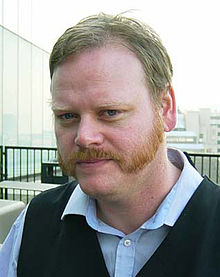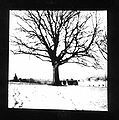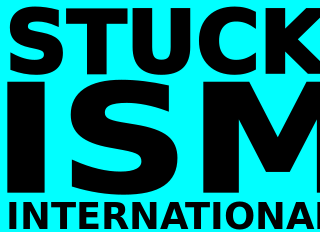
Stuckism is an international art movement founded in 1999 by Billy Childish and Charles Thomson to promote figurative painting as opposed to conceptual art. By May 2017, the initial group of 13 British artists had expanded to 236 groups in 52 countries.

Remodernism is an artistic and philosophical movement aimed at reviving aspects of modernism, particularly in its early form, in a manner that both follows after and contrasts against postmodernism. The movement was initiated in 2000 by stuckists Billy Childish and Charles Thomson, with a manifesto, Remodernism in an attempt to introduce a period of new "spirituality" into art, culture and society to replace postmodernism, which they said was cynical and spiritually bankrupt. In 2002, a remodernism art show in Albuquerque was accompanied by an essay from University of California, Berkeley art professor, Kevin Radley. Adherents of remodernism advocate it as a forward and radical, not reactionary, impetus.
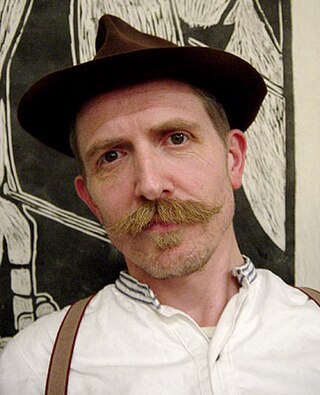
Billy Childish is an English painter, author, poet, photographer, film maker, singer, and guitarist. Since the late 1970s, Childish has been prolific in creating music, writing, and visual art. He has led and played in bands including the Thee Milkshakes, Thee Headcoats, and the Musicians of the British Empire, primarily working in the genres of garage rock, punk, and surf, and releasing more than 100 albums.

Charles Thomson is an English artist, poet and photographer. In the early 1980s he was a member of The Medway Poets. In 1999 he named and co-founded the Stuckists art movement with Billy Childish. He has curated Stuckist shows, organised demonstrations against the Turner Prize, run an art gallery, stood for parliament and reported Charles Saatchi to the OFT. He is frequently quoted in the media as an opponent of conceptual art. He was briefly married to artist Stella Vine.

William Lewis is an English artist, story-teller, poet and mythographer. He was a founder-member of The Medway Poets and of the Stuckists art group.
Sexton Ming is a British artist, poet and musician who was a founding member of The Medway Poets (1979) and Stuckism art movement (1999).
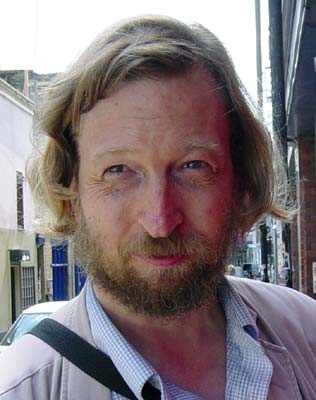
Philip Absolon is a British artist and a founder member of the Stuckists art group, exhibiting in the group shows, including The Stuckists Punk Victorian at the Walker Art Gallery in 2004, and taking part in Stuckist demonstrations against the Turner Prize. He has had long-term unemployment problems, depicted in his work with imagery of skeletons; his other main subject is cats, which he studies and depicts in motion.

Joe Machine is an English artist, poet and writer. He is a founding member of the Stuckists art group.

Jesse Beau Richards is a painter, filmmaker and photographer from New Haven, Connecticut and was affiliated with the international movement Stuckism. He has been described as "one of the most provocative names in American underground culture," and "the father of remodernist cinema."

The Stuckists Punk Victorian was the first national gallery exhibition of Stuckist art. It was held at the Walker Art Gallery and Lady Lever Art Gallery in Liverpool from 18 September 2004 to 20 February 2005 and was part of the 2004 Liverpool Biennial.
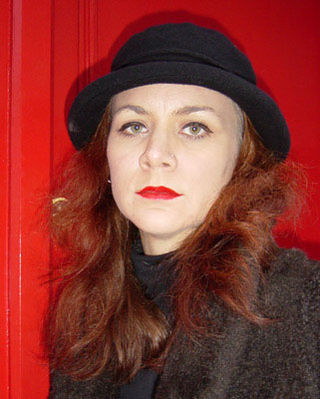
Ella Guru is an American painter and musician living in Hastings, East Sussex, England. She was a member of Mambo Taxi and the Voodoo Queens. In 1999, she became one of the founding members of the Stuckist art movement.
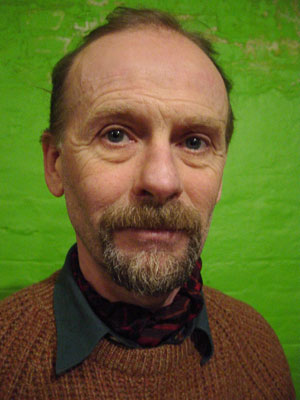
Eamon Everall is an English artist and educator. He was one of the 12 founder members of the Stuckists art group. He paints in a "neo-cubist" style, with subjects from life worked on over a long period.
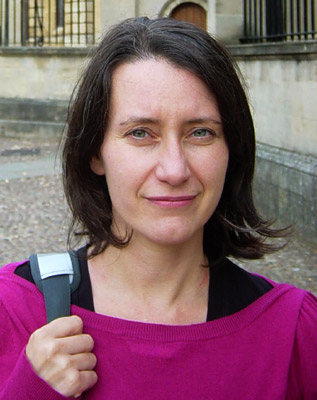
Rachel Jordan is a British artist and has been a frequent guest exhibitor with the Stuckists. For Stuckist shows she created satirical figurative paintings; however, her main body of work is abstract paintings and drawings, alluding to cellular forms.
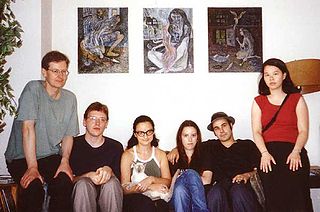
The Stuckism art movement was started in London in 1999 to promote figurative painting and oppose conceptual art. This was mentioned in the United States media, but the first Stuckist presence in US was not until the following year, when former installation artist, Susan Constanse, founded a Pittsburgh chapter.

Stuckist photographers develop the values of the Stuckism art painting movement into film and photography. Some of them are in a group called the Stuckist Photographers.

Mrs Chippy was a male ship's cat who accompanied Sir Ernest Shackleton's Imperial Trans-Antarctic Expedition of 1914–1917.
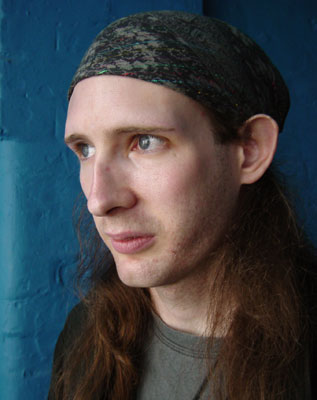
Rémy Noë, is a British painter, a member of the international art movement Stuckism and co-founder of the Maidstone Stuckists.

Abby Jackson is a British artist, Stuckist painter, writer and art activist.

The Stuckism International Gallery was the gallery of the Stuckist art movement. It was open from 2002 to 2005 in Shoreditch, and was run by Charles Thomson, the co-founder of Stuckism. It was launched by a procession carrying a coffin marked "The death of conceptual art" to the neighbouring White Cube gallery.
